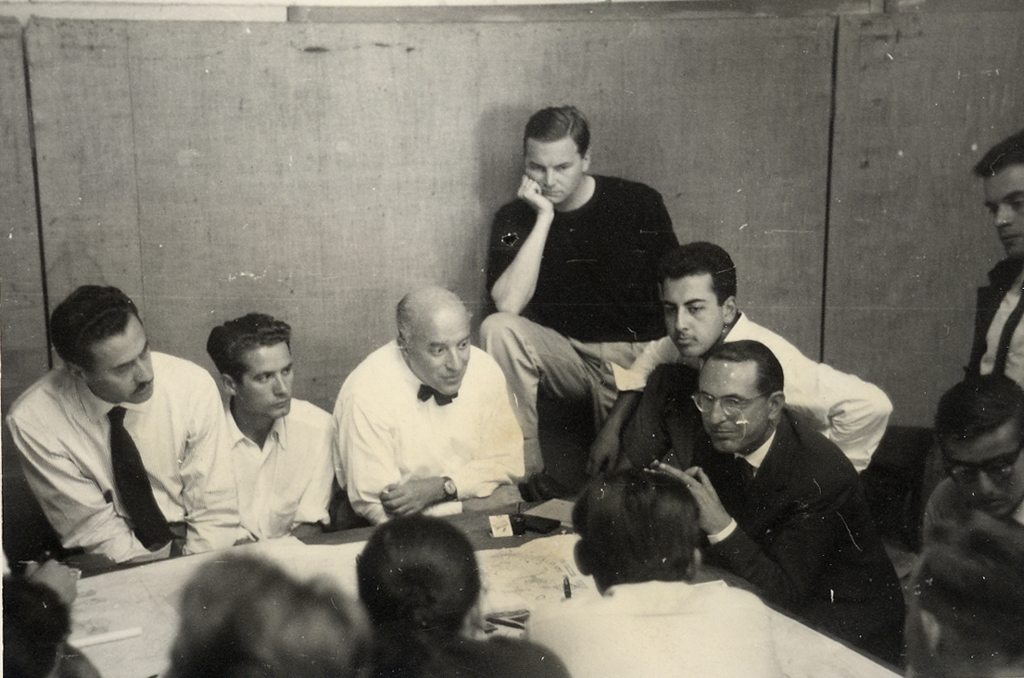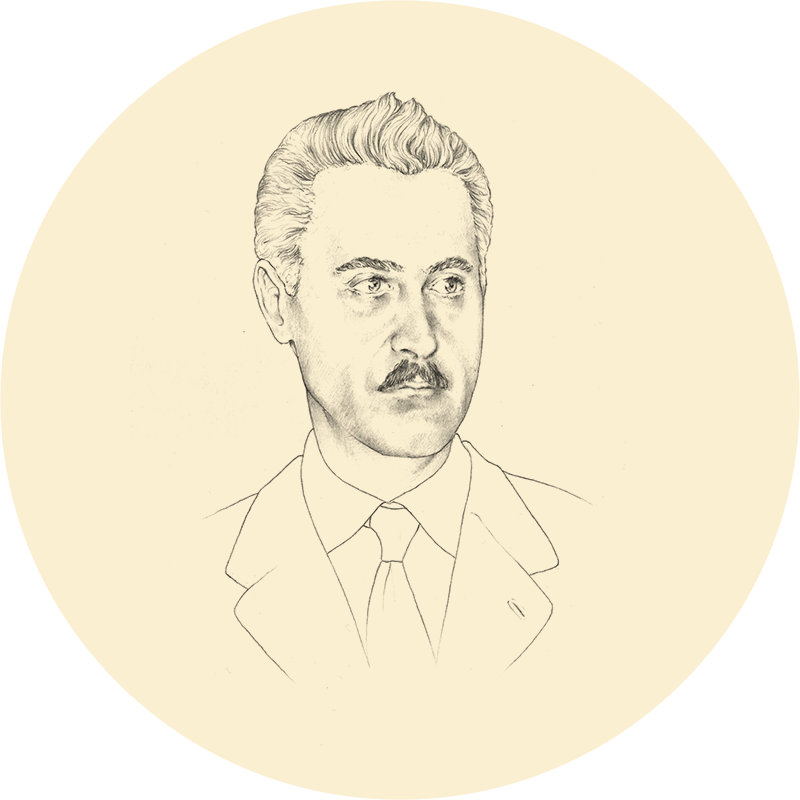The Ventennio of fascism didn’t prevent you from working, but it never understood you either. What was this way of designing by removing ornaments, breaking down the parts to reach the essence, and then putting them back together? Do you remember when you entrusted Anna Castelli Ferrieri with the dismantled prototype of your “Mitragliera” lamp? During its transport by car the fascist police stopped the driver, and it was not easy to explain that what was in the back was a lamp, not a weapon.

During the war you were evacuated to Piacenza. But every morning you reported to a makeshift studio, with Enea Manfredini. To work, even though there were no clients. You studied, experimented, drew, refining your method. Italy had to be reconstructed, to regain its dignity. In 1946, with Giancarlo Palanti (before his departure for Brazil) and Anna Castelli Ferrieri you edited a special issue of Casabella on Giuseppe Pagano. Tortured by the fascist cops at Villa Triste, on Via Paolo Uccello, he was thrown into San Vittore and died at Mauthausen, where Gian Luigi Banfi also passed away. One had to start all over again from their sacrifice, their teaching.
You had few forms of recreation. You liked the mountains, you went with Albe Steiner, the nephew of Matteotti, to ski at Cervinia, you climbed on ice with Giuseppe “Piro” Pirovano, and you designed the refuge at Valtournenche for him. You designed magic boxes in Rome, buildings in Reggio Emilia, the hot springs facility at Salsomaggiore. Caterina Marcenaro, with remarkable courage in those years, asked you to renovate the art gallery of Palazzo Bianco in Genoa and then, a few years later, that of Palazzo Rosso. You didn’t try to blend in, to imitate; you applied your method. To design piece by piece, in tune with your time. You, in Genoa, Scarpa in Verona and the studio BBPR in Milan, inserted the contemporary in the antique without subjection, inventing modern museum design. You knew, ever since you had shown work at the Triennale, or at the Fair, that it was necessary to “make people understand that the tradition is a reality, always new, that it is continued in the present precisely by the modern artists who add their creation to it every day; to understand that the problems of coherence between society and art are there, in every time.”
In the meantime Franca Helg had arrived in the studio. She was from St. Gallen. Nordic, tough, in a masculine way. You liked how serious she was, Franco. You demanded rigor of those who worked with you. The studio was a place of silence, no music, no radio. You communicated by leaving notes on the drawing tables. Everyone, including you, wore a white coat. Physicians of form, scientists of substance. You had moved the studio to Via XX Settembre; later, in 1970, you brought it to Via Telesio, where it is still located today.
